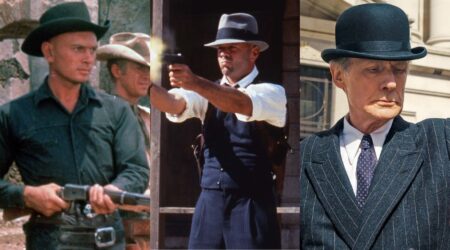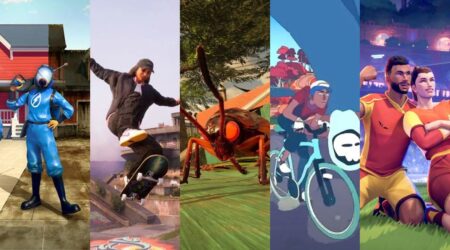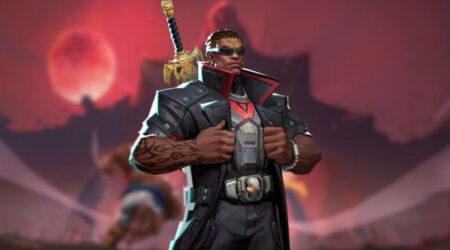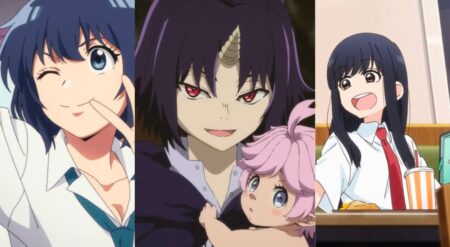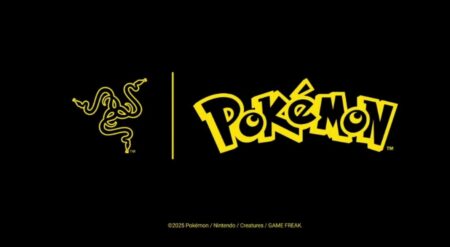Mamoru Hosoda is, without question, one of the best directors in the anime medium. Possessing a career marked by remarkable highs as he sought to expand and deliver on the promise of what animation can produce, his work consistently explores emotional truths and coming-of-age narratives, aided by an art style that is both signature yet adaptable and open to change with the times. While the character designs remain familiar – the rougher around-the-edges, deceptive “plain” qualities of its protagonists, for one – the backdrops and settings regularly unfold into greater, more immense territory.
Throughout his filmography, the filmmaker has explored a vast array of ideas and concepts, successfully linking specific thematic cores. While there are certainly outliers, such as one anime spinoff film, there are inescapable throughlines that mark up the body of his work. Cutting his teeth with his four Digimon films (excluded here for necessity), he has gone on to produce some of the medium’s most ambitious yet grounded stories.
To celebrate the recent theatrical re-release of some of his features courtesy of GKIDS, here are his seven films ranked.
7. The Boy and the Beast (2015)
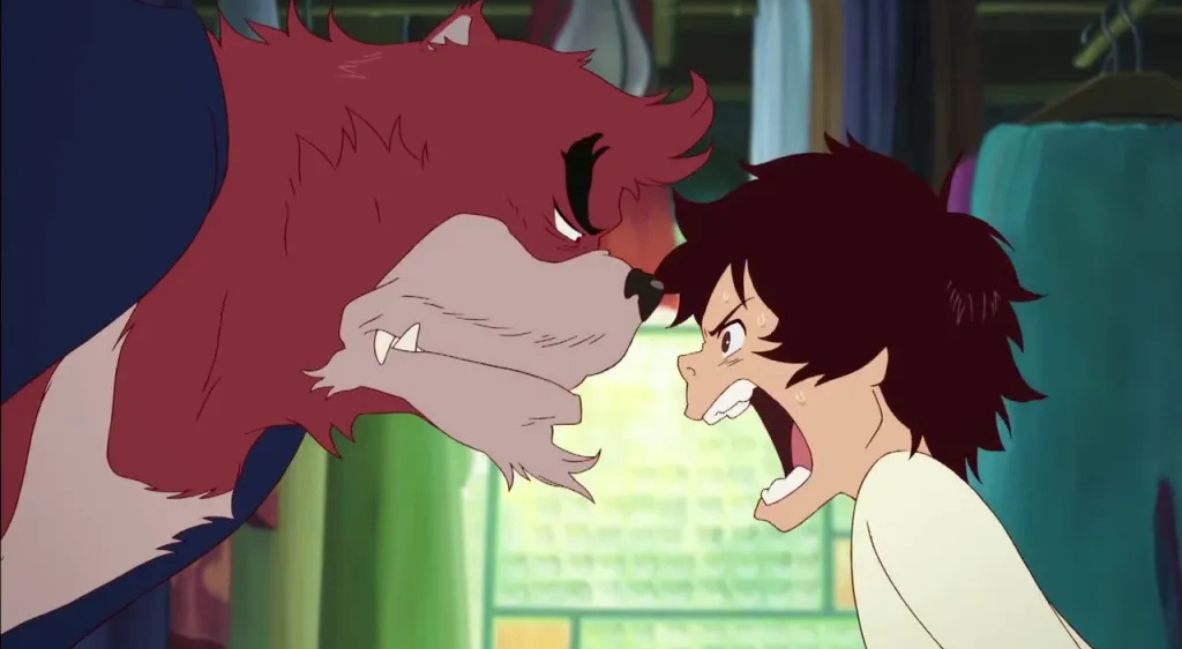
Synopsis: Kyuta, a boy living in Shibuya, and Kumatetsu, a lonesome beast from Jutengai, an imaginary world. One day, Kyuta forays into the imaginary world and, as he’s looking for his way back, meets Kumatetsu, who becomes his spirit guide. That encounter leads them to many adventures.
Despite having many of the calling cards that make a Hosoda film special, The Boy and the Beast is the only true miss in his catalogue. For the most part, any of the above could largely be shuffled about depending on mood and day, but The Boy and the Beast will remain in the lowest slot. The animation itself remains rich in detail, featuring strong and immersive action sequences, as well as distinctive character designs. But it’s the story itself that lets the film down.
It’s not so much that it’s simple – Mamoru Hosoda tends to build simplistic stories out of fantastical ideas. The issue is that the pacing stalls out early. For a movie that boasts an adventure-like story with otherworldly creatures and foes, the narrative lacks energy and a sense of stakes. We don’t so much connect to the characters as we observe them. It feels more like an exercise of elements and less like a cohesive, engaging film.
There’s no denying the overall quality of the film – it’s just that the rest of his work is better.
6. Mirai (2018)

Synopsis: Unhappy after his new baby sister displaces him, four-year-old Kun begins meeting people and pets from his family’s history in their unique house to help him become the big brother he was meant to be.
Mirai offers a mix of emotions. On the one hand, with its episodic storytelling format that provides a glimpse into the life of a toddler, the film can capture the truest form of slice-of-life. And, in many ways, the effect is magical with how it emphasizes our great ability to learn and progress through the love and influence of others. We are all made up of the pieces of those we hold closest to us. This central thematic core, combined with the patience of Hosoda’s direction and the whimsy of Masakatsu Takagi’s score, culminates in a nostalgic, warm effect.
But the divisive element comes with the central character, Kun. Four-year-olds are torrential forces of big, ever-shifting emotions, and Mirai captures this. It captures it almost too well, because it makes the experience of watching his story unfold sometimes aggravating. Mirai is beautifully rendered and tells a genuinely thought-provoking, life-affirming story. But, compared to his other work, it stumbles only because of the character at the center.
5. The Girl Who Leapt Through Time (2006)
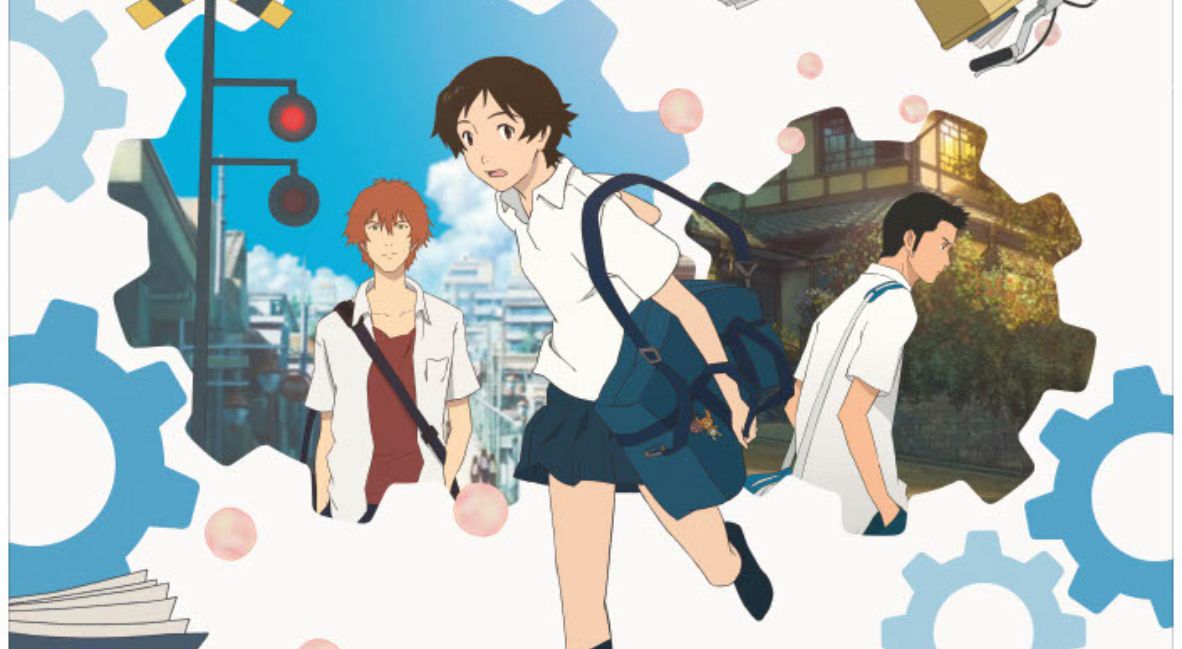
Synopsis: When 17-year-old Makoto Konno gains the ability to, quite literally, ‘leap’ backwards through time, she immediately sets about improving her grades and preventing personal mishaps. However, she soon realizes that changing the past isn’t as simple as it seems, and eventually, she will have to rely on her new powers to shape the future of herself and her friends.
The Girl Who Leapt Through Time exemplifies Mamoru Hosoda’s ability to tell an altogether simple story amidst an otherworldly tale. Because, despite the time-travel element of it all, the story is relatively straightforward despite the non-linear cheat code built into its DNA.
There’s a looseness to the animation and narrative that allows the protagonist, Makoto, to have fun with this new gift, despite relatively low stakes. And yet, there’s a deceptive richness to the storyline that understands the way we approach life as teenagers, and the contrast of how time offers us the opportunity to reflect and realize that the minor details were both overblown and more significant than we initially realized.
Hosoda understands the necessity of stillness amid chaos, capturing these moments of solitude or reflection with an abundance of color. His worlds feel lived in, whether Makoto is sitting with her back against a sunset or in the unruly set of chairs in a classroom. With a contemplative yet playful score and some stunning backdrops—both natural landscapes and the abundance of gray in pavement-lined towns—it’s a stunner and, rightfully, a film synonymous with Hosoda’s work.
4. Belle (2021)
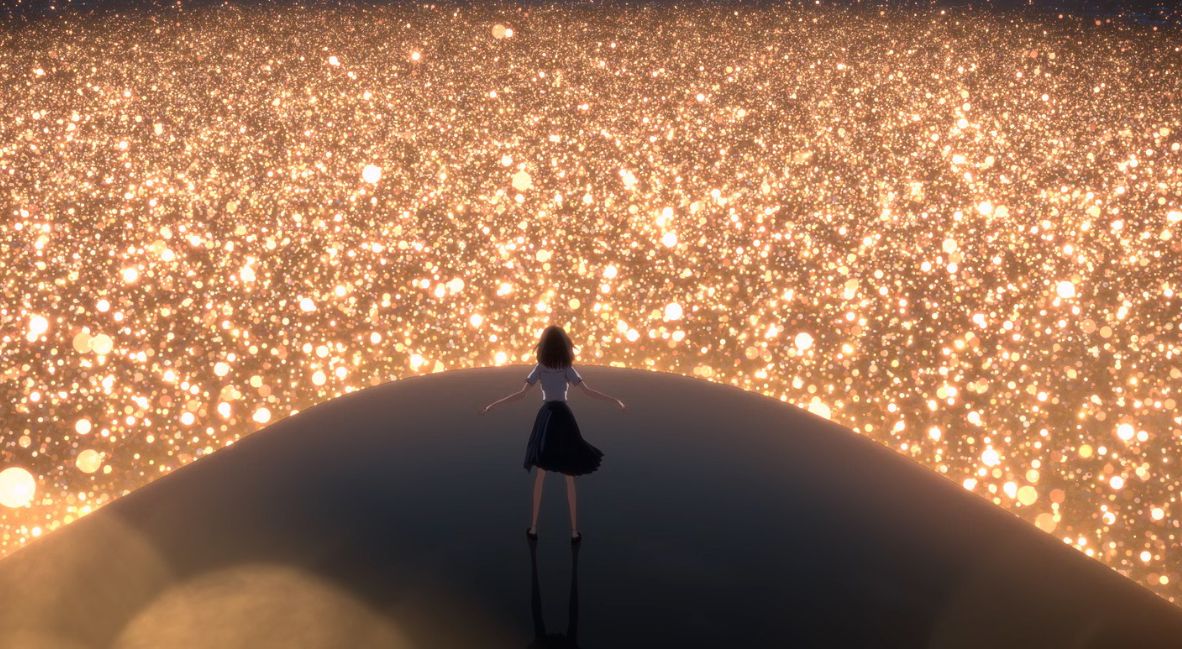
Synopsis: Suzu is a 17-year-old high-school student living in a rural town with her father. Wounded by the loss of her mother at a young age, Suzu one day discovers the massive online world “U” and dives into this alternate reality as her avatar, Belle. Before long, all of U’s eyes are fixed on Belle when, suddenly, a mysterious, dragon-like figure appears before her.
Aside from the divisive ending, which is perhaps a bit too optimistic, Belle is, from start to finish, a beautifully rendered picture about healing and community. Hosoda’s thematic undercurrents of communal spaces and the possibilities of technology and the internet are present once again as the protagonist finds her voice through an online virtual world.
Part of Hosoda’s magic is the seeming convergence of two gravitational pulls. His desire to present the ordinary as something extraordinary, and his wish to lift the veil on the fantastical. His works often draw inspiration from fairy tales, even if their characters are grounded in reality. It makes this Beauty and the Beast-inspired retelling so cathartic because it pivots our expectations and allows the heroine the moment to shine unexpectedly.
The animation, as always, is gorgeous, and the blend of virtual and real worlds lends it greater depth. With help from Cartoon Saloon (Wolfwalkers) and Disney veterans Jin Kim and Michael Camacho for Belle’s appearance, the world is fleshed out and looming.
But, as is the case with all Hosoda films, it’s less about the visual spectacle and more about the heart at the core. One lonely, grieving girl learns to find her strength and then harnesses it, using it to rescue another person in need. The ending is simplistic, but the catharsis of it bowls you over as it showcases how one person’s grief transforms to offer healing. A hand outstretched. That and the journey getting there is undoubtedly explosive. Add to it the sweeping, breathtaking music, and the effect is immediately captivating.
3. One Piece: Baron Omatsuri and the Secret Island (2005)
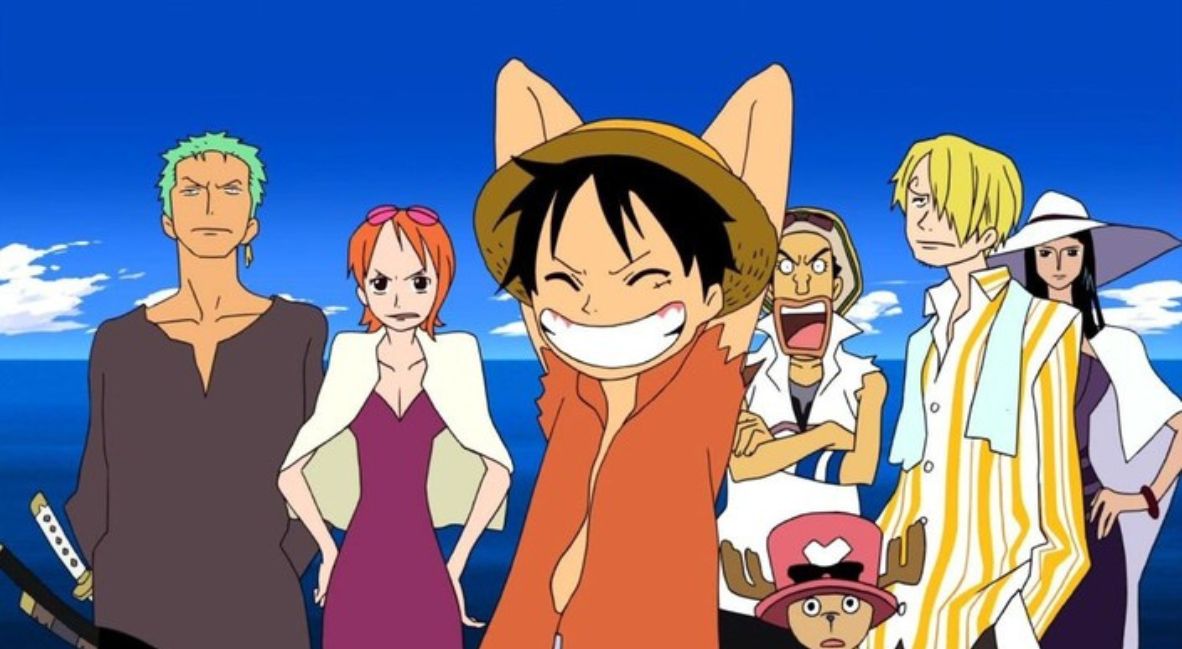
Synopsis: The Straw Hats visit a recreational island, run by Baron Omatsuri, who asks them to complete a series of ordeals if they wish to stay on the island. Luffy accepts, and the Straw Hats work together to complete them, but as the island’s mysteries unfold, their lives and friendships are put to the test. It’s up to Luffy to stop the Baron’s plot and keep his crew together.
It’s funny to look at the twenty-plus-year legacy of One Piece and realize that one of the most inventive moments in their series history comes from a non-canonical spinoff film. One Piece: Baron Omatsuri and the Secret Island isn’t just the weirdest entry on Mamoru Hosoda’s eclectic filmography. It’s the oddest thing that One Piece has ever created, period. Released less than ten years into the series’ voyage (and only six years into the anime adaptation), it’s a bold, signature departure from the tone and style of the series, especially at that time.
Adopting a much darker tone with horror elements, especially in the cataclysmic last half of the film, the series delights in a grungy and slick aesthetic. Everything is just a little meaner, even when characters are exposed to direct sunlight.
The sequence where Luffy desperately uses his Devil Fruit power to its full extent, elongating and stretching his limbs and neck well past their physical limits, is a haunting, visceral moment that highlights the body horror possibilities of the series, which it typically eschews. The deliberately crude animation, set against brazen, glossy backdrops, adds to the overall dissonance and beguiling effect.
His other films may showcase greater narrative depth, but the ingenuity apparent in Baron Omatsuri and the Secret Island is startling, and the horror palpable. Over the 1000+ episodes of the One Piece series, we’ve never quite seen Luffy look like that.
2. Summer Wars (2009)
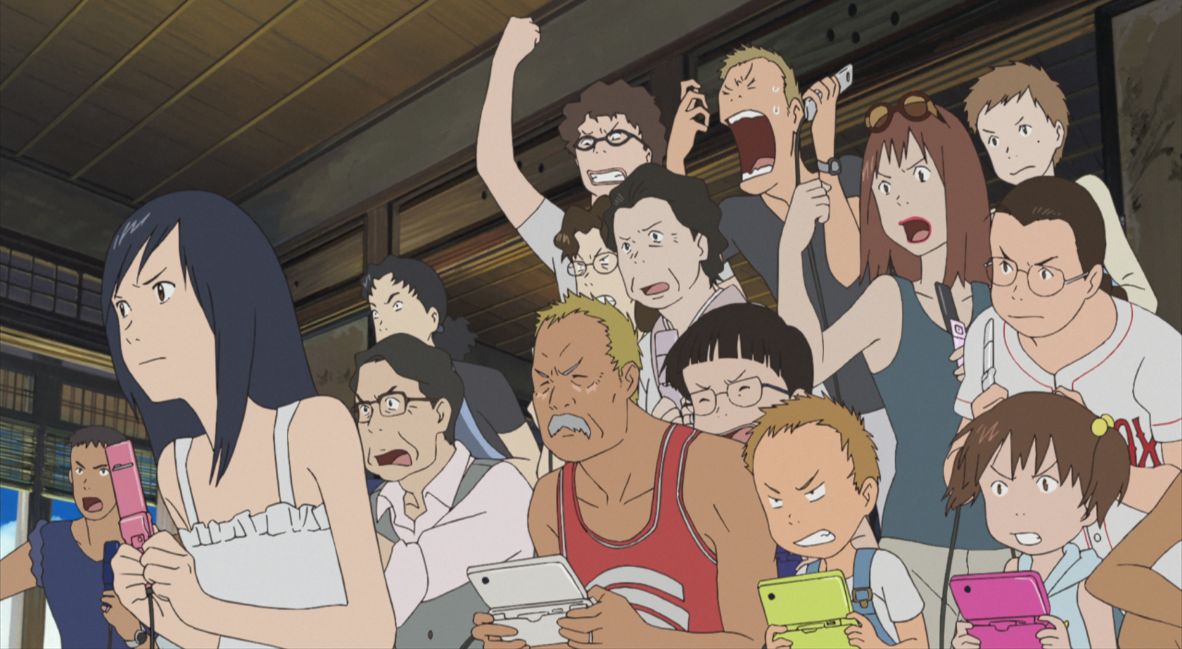
Synopsis: Teenage math whiz Kenji Koiso agrees to take a summer job at the Nagano hometown of his crush, Natsuki. When he arrives, he finds that her family have reunited to celebrate the 90th birthday of their matriarch. His job: pretend to be Natsuki’s fiancé. Meanwhile, his attempt to solve a mathematical equation causes a collision between a parallel world and Earth.
The first noteworthy element of the softly electrifying Summer Wars is the hustle and bustle of the traditional Japanese estate where our protagonist, Kenji Koiso, is currently staying. Filled to the brim with an enormous family all present to celebrate the birthday of their matriarch, we are immediately immersed in this familial, ongoing movement as they occupy every corner of the estate. There’s no scene without movement, which works beautifully in contrast to a setting so visually tranquil.
Summer Wars is never what you imagine it will be, and so much of it is defined by playful animation and character details that bring the story to life. When it transitions to a more science-fiction setting, it works because the character development has been established. We know these people. From our leads, Kenji and Natsuki, to the sprawling family that all come together to save the world.
The film blends together so many of Hosoda’s most definitive themes. His reckoning with modern technology and the concept of virtual spaces, which offer both escape while also being capable of inciting real danger. The idea of a seemingly “ordinary” life being capable of producing extraordinary acts of faith and empathy. Family ties and our ability to persevere due to the strength and solidarity of others. It’s some of the very best direction from Mamoru Hosoda.
From superb and hilarious editing, to the dewy sense of morning that overtakes the estate, followed by the summer heat dissipating into dusk as the sun sets, the natural world is so vital, so vigorously animated, to contrast with the virtual one – a beacon reminding us of who and what is worth fighting for.
1. Wolf Children (2012)
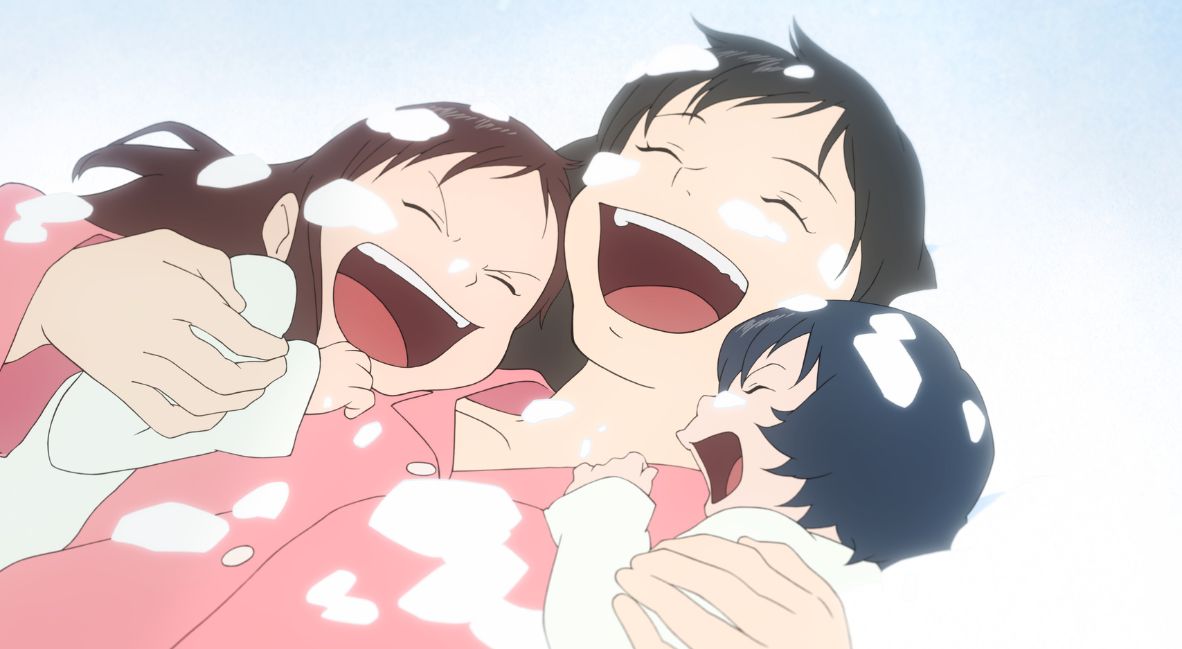
Synopsis: After her werewolf lover unexpectedly dies in an accident, a woman must find a way to raise the son and daughter that she had with him. However, their inheritance of their father’s traits proves to be a challenge for her.
Undoubtedly, the director’s magnum opus, Wolf Children, is a beautiful, symphonic demonstration of everything that makes Mamoru Hosoda such a master in his craft. One pinch of fantasy, followed by a dash of character-driven drama, and a life-affirming heart at its core, the film dazzles and makes us feel the full scope of the journeys these characters undertake.
Beautifully capturing the passage of time, the film languidly moves from one era to the next, as a woman must learn to be a single parent following the death of her (wolfman) boyfriend. The meditation on single parenthood and the scope in which our lives change and are forever altered when we have children is a stunning, too big to wrap up neatly, story about how those in our lives, especially our parents, have a direct influence on how we live them. Contemplative and relaxed in its pacing and animation, the movie stuns.
The melancholy is earned as we watch Hana, Yuki, and Ame grow and learn together as a family before ultimately finding their paths. It’s not just about the choices her children make, but also the realization that Hana helped forge the path they are now on. Stunning, engrossing work that, above all else, solidified Hosoda as one of the greats. Even when dealing with werewolves, his hold on the human heart is precise and potent.
Mamoru Hosoda delivers countless, transportive works of art that offer new, fantastical perspectives on otherwise grounded stories. His enchanting films mesmerize with their ability to blend genre and tone, delivering countless examples of one director’s depth of creativity while maintaining a signature style.
Do you agree or disagree with our ranking? Let us know on social media @butwhytho.net on Bluesky.


